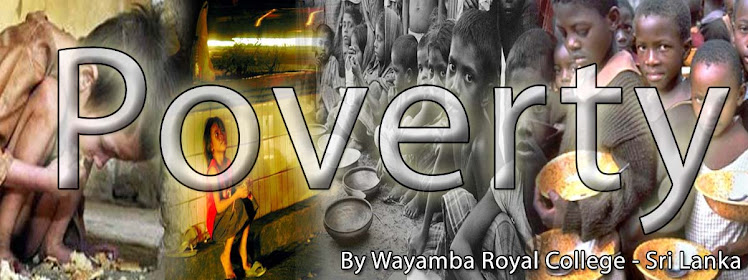Crime exists everywhere in the United States – in rural and urban areas, in the East and West, and among all types of people.This has led many government officials,especially those in urban areas, to focus largely on the reduction of crime among their respective constituencies and has led others to speculate on the factors that influence the amount of crime and how those factors can be controlled...
In the US, urban crime is often perceived as a problem amid areas with high poverty levels.This may be the case; however, many other factors,such as unemployment, population density, minority population, age distribution, and locality in the US, are correlated with crime and affect poverty as well.When these factors are controlled for, how much does poverty affect crime?Knowing more accurately how poverty affects crime can help us know if focusing on the reduction of poverty can aid in crime reduction or if money and effort should go to other areas.
Poverty’s effects on crime can be explained through a variety of reasons.“There is a higher rate of mental illness in the poor than in the rich”.Poverty can lead to high levels of stress that in turn may lead individuals to commit theft, robbery, or other violent acts.Moreover, poverty may lead to an actual or perceived inferior education, which would cause youth to count on less access to quality schools, jobs, and role models, decreasing the opportunity costs of crime and increasing the probability of youth spending time on the street associating with gangs, etc.

No comments:
Post a Comment